Nepal faces disruption in chemical fertilizer import
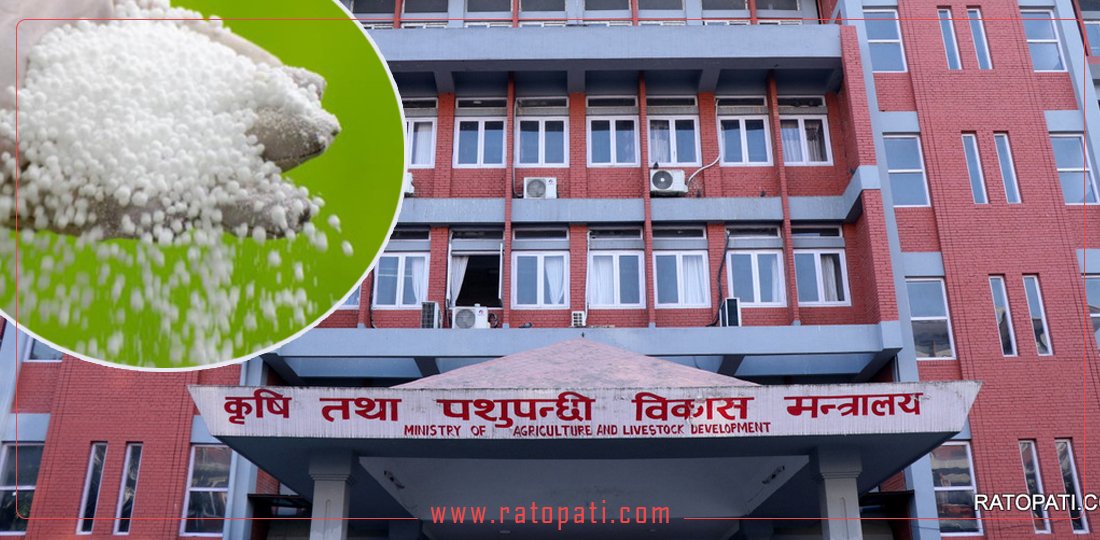
Kathmandu, March 12 — There has been a noticeable disruption in the import of chemical fertilizers in Nepal. China has tightened the export of urea fertilizers, and with the ongoing war between Russia and Ukraine, as well as India's government implementing the G2G process, the supply of fertilizers is expected to be difficult.
According to Bishnu Prasad Pokharel, the Managing Director of Krishi Samagri Company Limited, China has been strictly controlling urea fertilizer exports for the past two years as part of its internal food security improvement and other strategic measures. This has resulted in a price hike and disruption in supply in the global market. "This is not a recent issue; China has been tightening its urea fertilizer exports for the past two years," he said. "Urea has not been coming from China for two years."
The ongoing war between Russia and Ukraine has also contributed to the disruption in fertilizer supply, as both countries are major suppliers of chemical fertilizers. The conflict that started in 2022 has made the global fertilizer market face difficulties. With the halt of urea supply from these countries, Nepalese importers have been bringing fertilizers through India, which are sourced from China.
On the other hand, India has been reluctant to provide fertilizers through the G2G process. According to the agreement with India, the process of fertilizer import has been delayed due to the failure of Indian authorities to fulfill the full delivery as per the agreement. "When we import fertilizer from India, we have to make 100% payment upfront, whereas when buying globally, we pay once the goods arrive in Kolkata," Pokharel explained.
Pokharel further mentioned that India has been supplying imported fertilizers to Nepal instead of locally produced ones. This has led to price fluctuations, higher costs, and limited supply. "When the fertilizer is imported and supplied to us, it takes longer for it to arrive, and the price could either be higher or lower, which may not be accurate. This may result in prices being higher compared to global tenders," he added.
In April–June 2024, the average price of urea fertilizer was around $314 per metric ton, which rose to $360 per metric ton in October–December, and by February 2025, it reached nearly $436 per metric ton, according to World Bank data.
As per the agreement with India, Nepal has requested that only 50% of the payment be made upfront instead of the full amount, citing issues such as the unavailability of competitive prices, delayed deliveries, and several other concerns to be addressed for smoother processes.
Due to difficulties in fertilizer imports through India and China, the government has been sourcing fertilizers from alternative markets. "If India had provided its own production, even if we made demands, the fertilizers would have arrived on time. But since it only supplies imported fertilizers, we have been buying smaller quantities," said Pokharel. "We had to buy just 30,000 metric tons because the goods arrived late and in limited quantities."
In 2022, during the Russia-Ukraine war, the price of chemical fertilizers hit an all-time high, and Nepal struggled to maintain supply. According to the World Bank, the price of urea reached an average of $700 per metric ton in 2022. Ramkrishna Shrestha, the Joint Secretary at the Ministry of Agriculture and Livestock Development, mentioned that the fluctuations in fertilizer prices have created difficulties in purchasing fertilizers. The significant difference in prices between the time of tender announcement and the actual purchase time has resulted in the non-receipt of tenders.
Alternative markets for fertilizer supply
The government has been working to supply fertilizers from alternative markets due to the difficulties in importing from India and China. According to Pokharel, Nepal has been importing fertilizers from countries such as Bahrain, Brunei, Qatar, Oman, Saudi Arabia, and Turkmenistan. In the current fiscal year, 67,293 metric tons of fertilizers have been imported.
Current fertilizer stock
Krishi Samagri Company Limited has a stock of 79 metric tons of chemical fertilizers. This includes 23,000 metric tons of Urea, 46,000 metric tons of DAP, and around 10,000 metric tons of Potash. Additionally, approximately 60,000 metric tons of urea and 25,000 metric tons of DAP are currently in the loading process. "By mid-June, around 90,000 metric tons of fertilizer will arrive," said Pokharel. "We have also placed back-to-back tenders, so there shouldn't be any problems."
Pokharel also stated that due to the existing stock not being enough, efforts are being made to import additional fertilizers as needed to avoid shortages for seasonal crops. According to Shrestha, the government has been focusing on ensuring that fertilizers are available for the upcoming season. There has been ongoing criticism regarding the shortage of fertilizers during the monsoon season, as the supply is often insufficient.
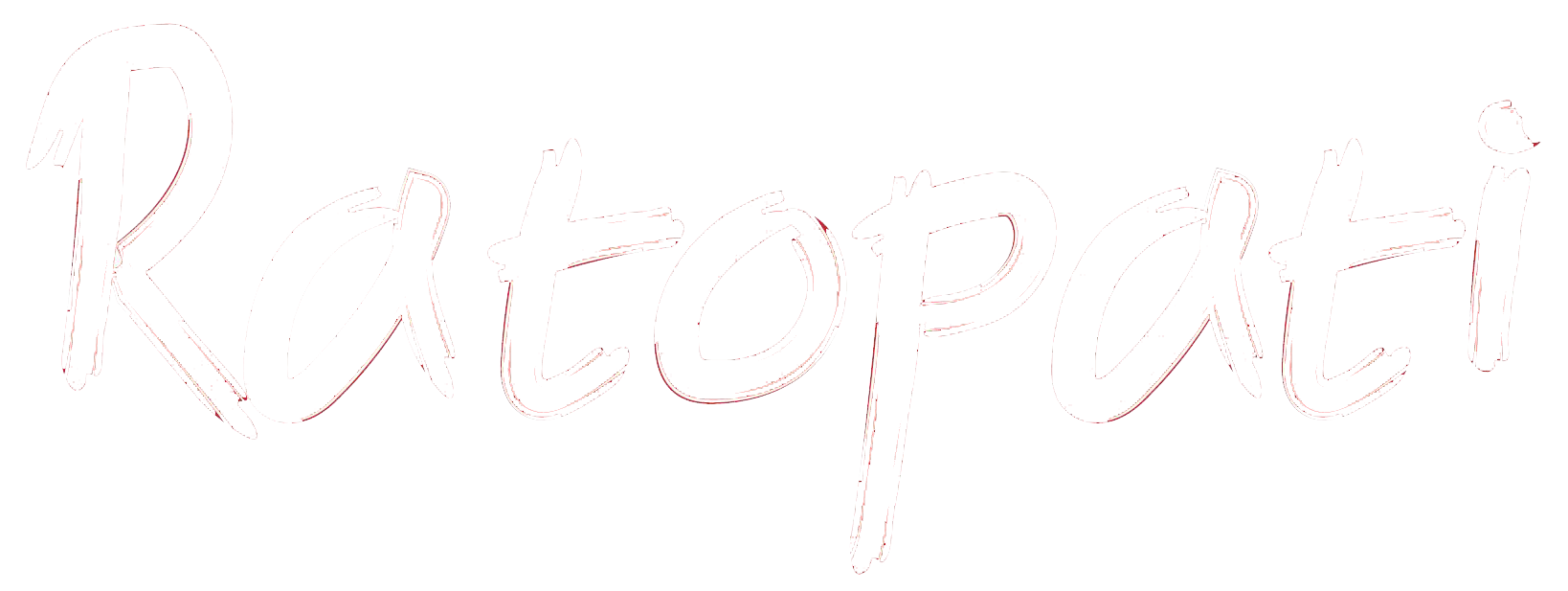


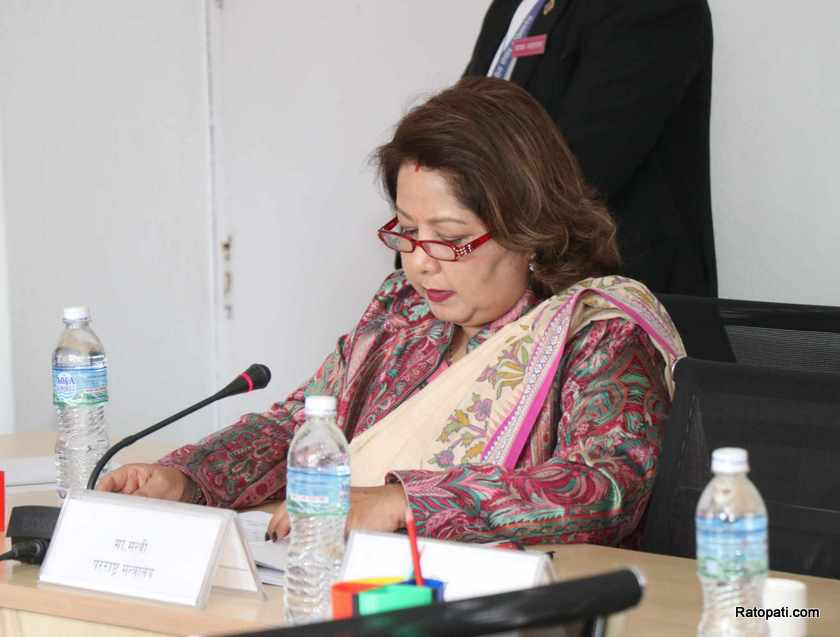
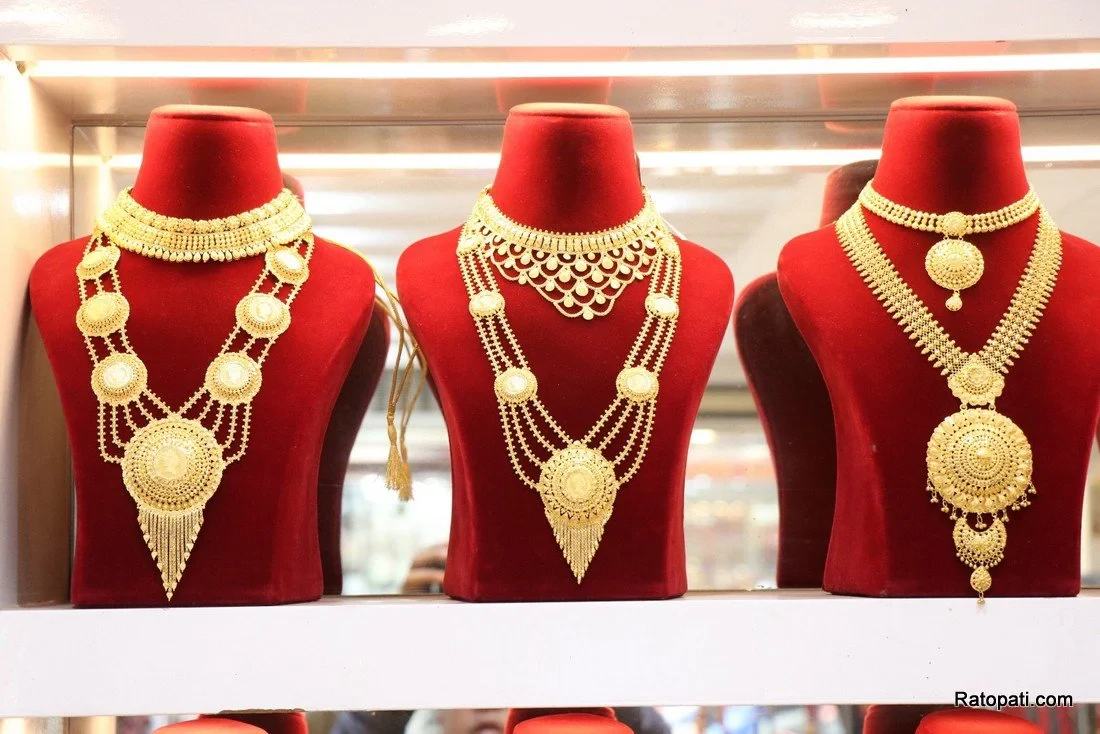

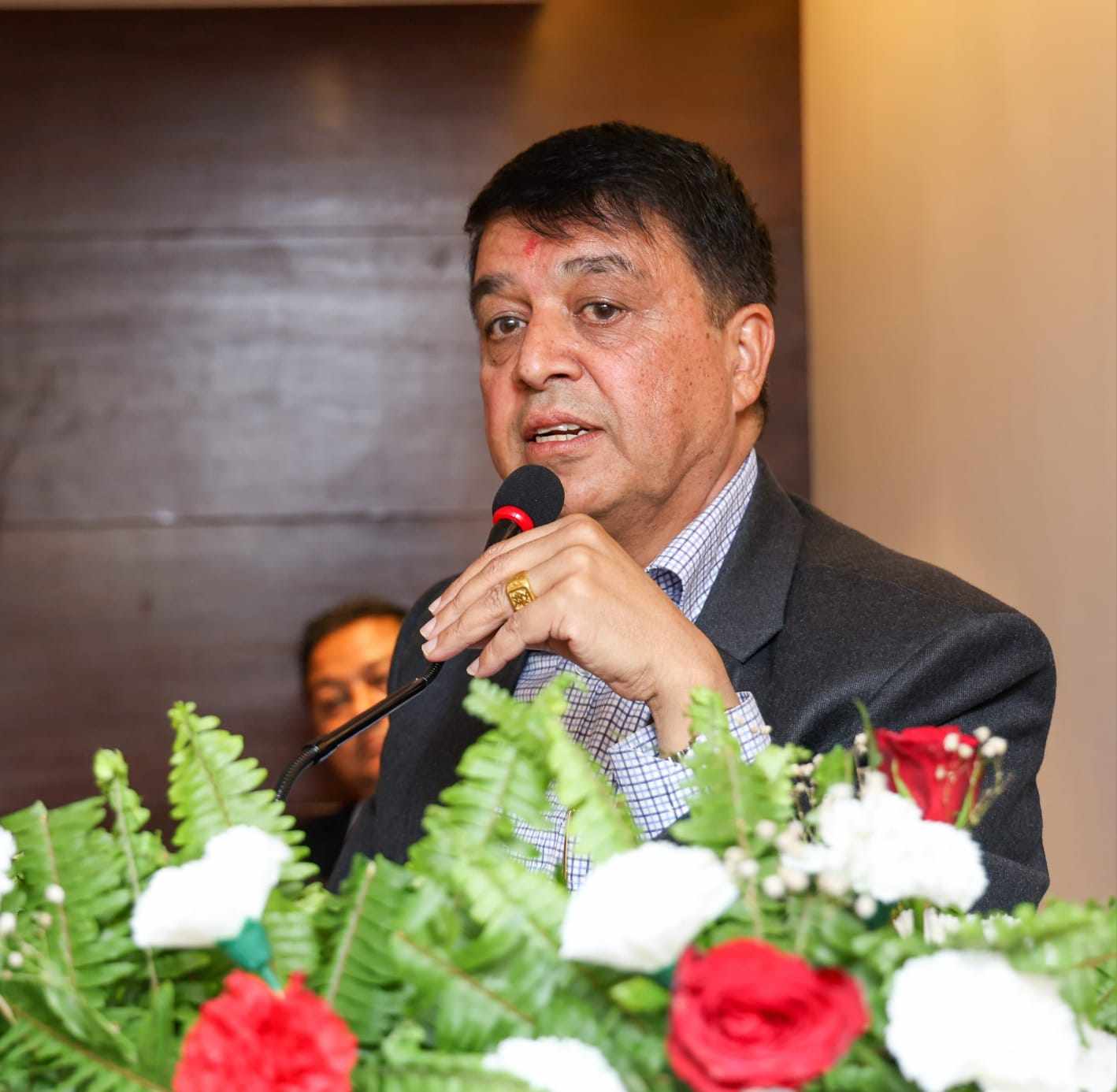


Leave Comment